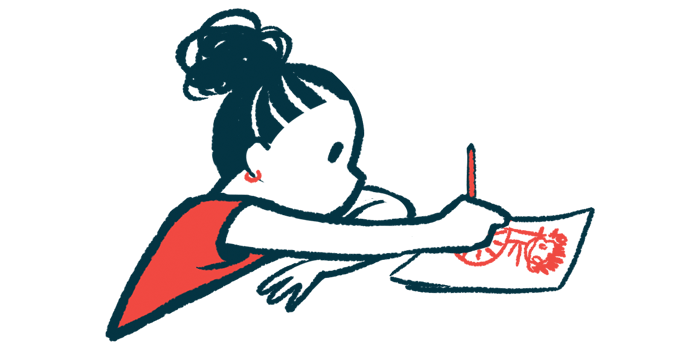Hypoparathyroidism Tied to Buildup of Pressure in Young Girl’s Skull

Hypoparathyroidism caused a buildup of pressure around a young girl’s brain, according to a report from Italy focused on a difficult diagnosis.
“Our case report is of particular interest, since the child did not present with typical neurological hypoparathyroidism symptoms,” the researchers wrote.
“Therefore, we recommend that hypoparathyroidism should be included in diagnostic investigations on children with clinical findings of idiopathic [of unknown cause] intracranial hypertension, because clinical manifestations of hypoparathyroidism are variable and may involve almost all organ systems,” they added.
The report, “Benign intracranial hypertension due to hypoparathyroidism: A case report,” was published in the journal Frontiers in Neurology.
Hypoparathyroidism is a deficiency of parathyroid hormone (PTH), a hormone made by the parathyroid glands that helps the body control the levels of calcium, phosphorus, and vitamin D. It typically causes hypocalcemia or low blood levels of calcium, and hyperphosphatemia, high blood levels of phosphate, a molecule that contains phosphorus.
In rare cases, hypoparathyroidism may cause idiopathic intracranial hypertension, a condition marked by a pressure greater than 28 centimeters of water (cmH2O) within the skull of children and 25 cmH2O for adults.
While what causes pressure to build around the brain is unclear, hypocalcemia may cause such a buildup by affecting how well the cerebrospinal fluid is absorbed. The cerebrospinal fluid is the clear fluid that fills the hollow spaces of the spinal canal and the brain.
A team of researchers in Italy described the case of a 9-year-old girl with idiopathic intracranial hypertension occurring secondary to hypoparathyroidism.
The girl went to the hospital with a headache associated with nausea and vomiting that had lasted for three weeks. An eye exam revealed bilateral papilledema, or swelling of the nerves that connect the eyes to the brain.
“Patients can present with papilledema and/or visual loss, but headache is certainly the most common presenting symptom,” the researchers wrote.
A spinal tap — a procedure in which a thin needle is inserted into the lower part of the spine — revealed an opening pressure of 65 cmH2O. An analysis to the cerebrospinal fluid was normal, as was a CT scan of the brain.
A diagnosis of idiopathic intracranial hypertension was made, and the girl was started on acetazolamide — a medication used to decrease the pressure inside the eye — at 375 milligrams (mg) each day.
Blood tests to measure calcium and phosphate levels revealed hypocalcemia and hyperphosphatemia. Vitamin D was below the normal range, and PTH was not detected. These findings led to a suspicion of hypoparathyroidism.
The girl never complained of cramps or paresthesia (a tingling, burning, or prickling sensation that occurs in the absence of an outside stimulus). However, Chvostek’s sign (twitching of the facial muscles) and Trousseau’s sign — a spasm of the muscles of the hands and the feet — both associated with hypocalcemia, were positive.
Her parathyroid glands were not visible on an ultrasound of the neck.
Doctors placed the girl on an oral supplement of calcium at 500 mg per day and calcitriol, the active form of vitamin D, at 0.5 micrograms per day.
Headache, nausea, and vomiting resolved immediately after the spinal tap. The papilledema eased gradually and was fully resolved at two months after symptoms began.
Symptoms of hypoparathyroidism can vary widely, the researchers noted. “Their severity depends on entity and chronicity of hypocalcemia, but treatment with calcium and active vitamin D is easy,” they added.







